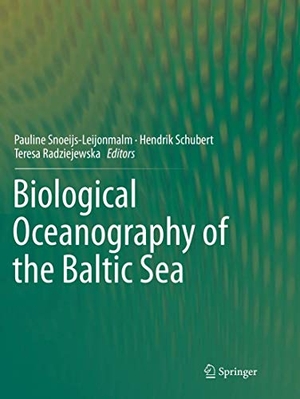Für statistische Zwecke und um bestmögliche Funktionalität zu bieten, speichert diese Website Cookies auf Ihrem Gerät. Das Speichern von Cookies kann in den Browser-Einstellungen deaktiviert werden. Wenn Sie die Website weiter nutzen, stimmen Sie der Verwendung von Cookies zu.
Cookie akzeptieren
Biological Oceanography of the Baltic Sea
- Springer Netherlands
- 2018
- Taschenbuch
- 716 Seiten
- ISBN 9789402413175
This is the first comprehensive science-based textbook on the biology and ecology of the Baltic Sea, one of the world¿s largest brackish water bodies. The aim of this book is to provide students and other readers with knowledge about the conditions for life in brackish water, the functioning of the Baltic Sea ecosystem and its environmental problems and management. It highlights biological variation along the unique environmental gradients of the brackish Baltic Sea Area (the Baltic Sea, Belt Sea and Kattegat), especially those in salinity and climate. pt;font-family:"Arial","sans-serif"; color:#262626">The first part of the book presents the challenges for life processes and ecosystem dynamics that result from
Mehr
Weniger
zzgl. Versand
in Kürze